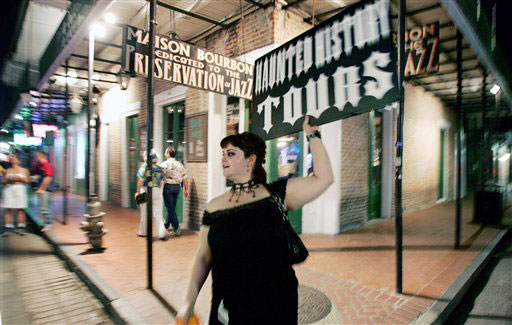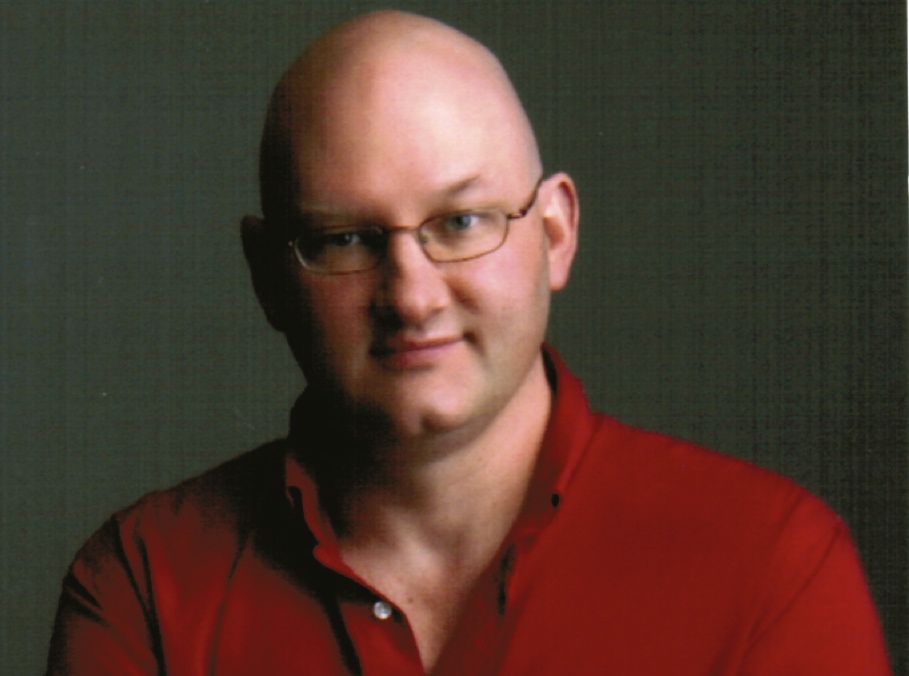Frightening Trend: Ghost Tourism Booms

Odds are your city or town is haunted.
Just about every city has some supposedly haunted mansion, cemetery or lunatic asylum ("if you listen carefully to the wind on moonless nights, you can hear the screams of the insane…"). Most cities, in fact, have at least one company offering tours of their spookiest places.
Ghost tourism has boomed over the past decade, propelled by the public's interest in the mysterious and supernatural. There are hundreds of ghost tours offered across the country, from Hollywood ("Come see Haunted Hollywood and ghosts of the stars!") to New England ("Visit Boston's infamous haunted locales!").
Some places have more historical lore to draw upon than others. Salem, Massachusetts, for example, exploits its infamous witch trials of the 1690s, while tourists, goths, wannabe vampires, and Anne Rice fans flock to New Orleans, Louisiana, with its reputation for mysticism and voodoo.
Ghost hunting
Many tours tout their guides as "Certified Ghost Hunters" or "Certified Paranormal Investigators," though that's like claiming to be a "Certified Kitten Petter." For better or worse (usually worse), anyone can call himself or herself a ghost hunter; there is no accrediting institution, and "certifications" can be bought from online diploma mills for about $50.
Ghost tours can be a very lucrative business: It is a service with little overhead and start-up costs. Anyone can offer a ghost tour, and tickets often cost $10 to $30 or more per person. With a large group, a good storyteller can make $500 in one evening for guiding a walking tour and telling ghost stories. Everyone likes a good ghost story, and the tours can be fun. The best ones tell their audiences about fascinating local history, throwing in some spooky lore as well.
Get the world’s most fascinating discoveries delivered straight to your inbox.
Tours are often run by self-proclaimed ghost hunters, but no one should confuse telling folklore with doing actual investigation. Ghost tours are one way in which the public learns about "real" ghost hunting, with many companies giving a "Ghost Hunting 101" course or talk along the way.
Reality
Unfortunately, much of what is taught (such as that spirit voices can be captured on audiotape, or that ghosts can be detected using electromagnetic fields) is unproven theory without any scientific basis. Most guides invite participants to take plenty of photos on the tour, and see if any "ghost orbs" (white spots) appear in the images.
If enough people take enough photos, usually a few will show something that looks odd, fooling the photographer into thinking a ghost has been photographed. What the tours often don't tell the customers is that these "orbs" could be any number of perfectly ordinary things such as insects, dust, or moisture on the camera lens.
So this Halloween, if there's a chill in the air and you want a chill in your spine, check out the local legends and lore—for entertainment only!
Frightening Features
- Top 10 Most Famous Ghosts
- The Top 5 Haunted Places in America
- Halloween's Top 10 Scariest Creatures
More Scary Stuff
- Why We Love to be Scared
- Can Fright Turn Hair Suddenly White?
- What Halloween is Really About
- Candy Fears are Mere Halloween Phantoms
- Halloween Too Scary for Some Kids
- Why Do We Carve Pumpkins?
Benjamin Radford is LiveScience's Bad Science columnist and an investigator. He has written several articles about ghosts and ghost hunting for LiveScience.com. He is author or co-author of three books; they can be found on his website.

